
About This Quiz
If you were born between 1946 and 1964, you are a group identified as baby boomers. Due to the boom in births following World War II, this generation shared many life experiences, from Vietnam to Watergate to watching the first man walk on the moon. They also shared the common experiences of home life, like getting milk delivered daily and collecting Green Stamps (or Blue Chip Stamps depending where you lived) to redeem merchandise. Let's face it. They also had the best music. Boomers listened to the Beatles, Ray Charles, the Rolling Stones, Bob Dylan and so many other greats.
The baby boomers just knew how to have fun. From Super Balls to Pogo sticks to Barrel of Monkeys, the world was a playground. As they got older, TV dinners arrived, as well as transistor radios and Polaroid cameras; all to make life more convenient.
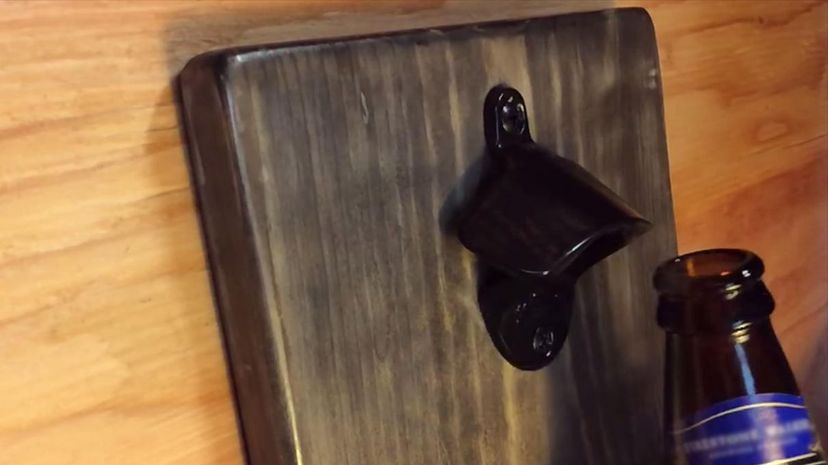
Wall-mounted bottle openers were very similar to church key openers, as well as the bottle openers installed in older versions of vending machines. Remember, soda came in bottles, not cans. Some wall-mounted bottle openers came complete with a cap catcher.
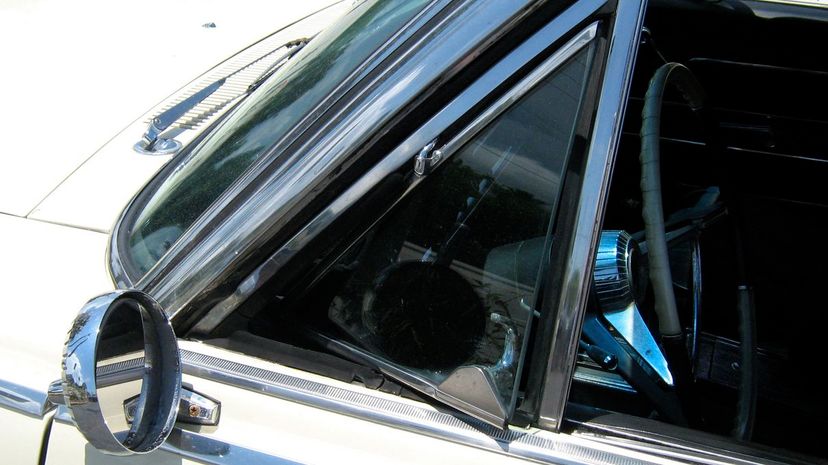
No-draft windows (a.k.a. breeze windows, wing vents and butterfly windows) were commonplace in vehicles before air-conditioning became mainstream. They were a smart design feature which allowed you to keep the bigger windows rolled up but still have adequate ventilation in your car (to save your bouffant, of course!)
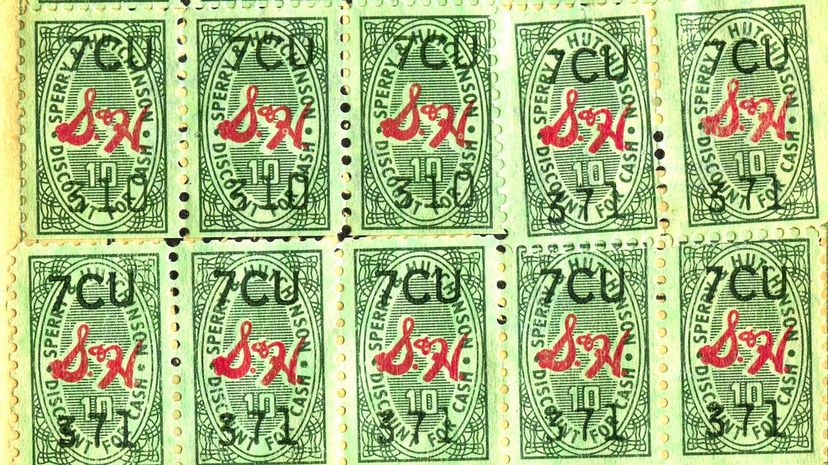
S&H Green Stamps were very popular with the families of baby boomers. Customers received the trading stamps at the checkout counter of select supermarkets and department stores, as well as at some gas stations. The stamps were redeemable for items in S&H's catalog or at their Green Stamps store. In certain parts of the country, people collected Blue Chip Stamps instead.
Advertisement
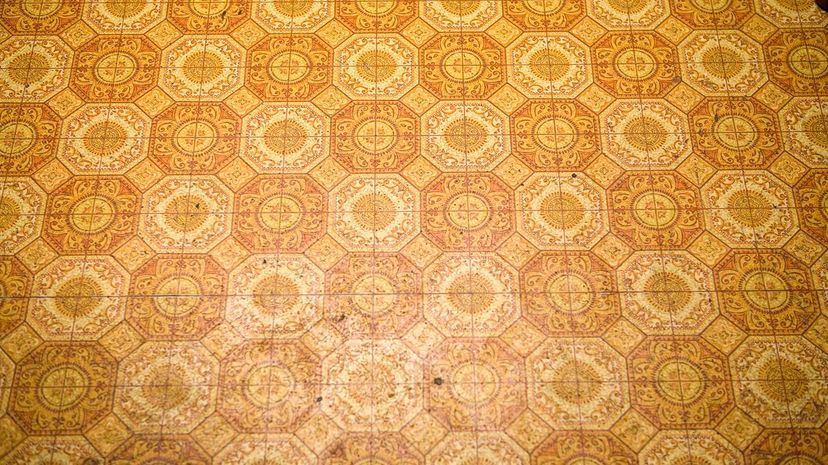
The original linoleum material was a durable, attractive flooring option which has suffered the fate of being largely replaced by polyvinyl chloride (PVC.) Linoleum was so commonplace, however, that most people still call PVC (or any similar flooring material) linoleum.

The 1960s marked the height of popularity for this particularly chic item of apparel. Princess Diana led its resurgence in the 1980,s and baby boomers got to take a nostalgic walk down memory lane. It actually first made its appearance at the turn of the 20th century.
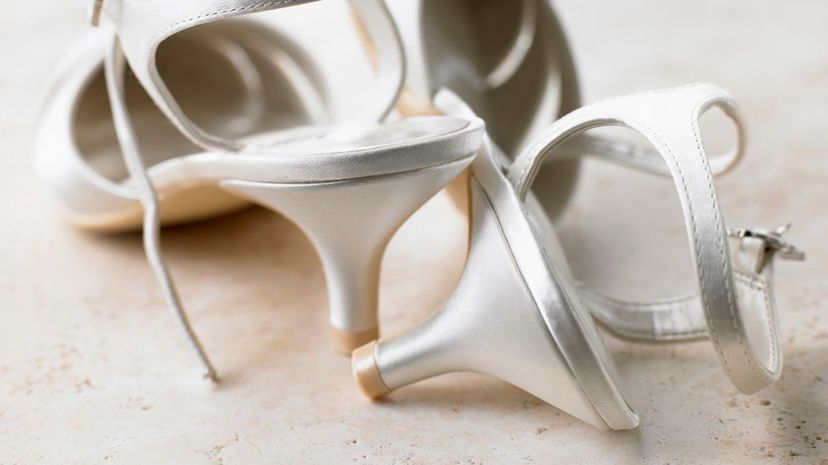
In the 1950s, kitten heel pumps became the go-to style in footwear for young girls and grown women, alike. The style is essentially a very short stiletto heel, which made walking in them easier than traditionally high stilettos.
Advertisement
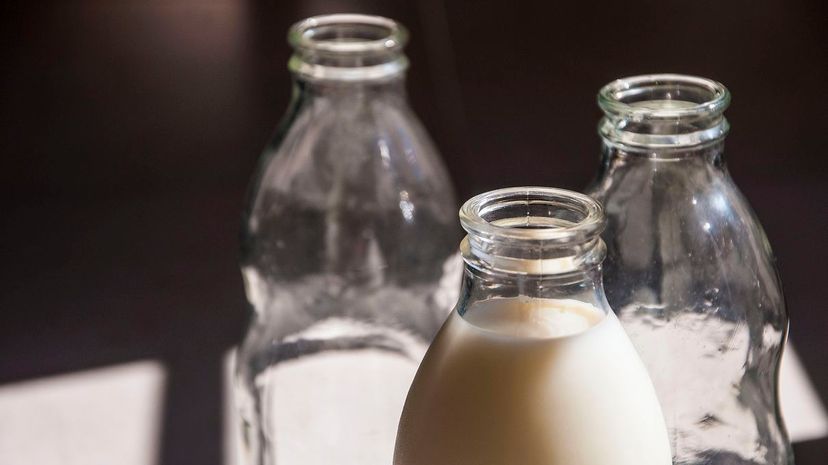
More amazing than the fact that the milk came in glass and not the now-ubiquitous plastic and cardboard, is that it was delivered right to your door by the milkman. For baby boomers, fresh milk delivered to your doorstep each morning was normal.
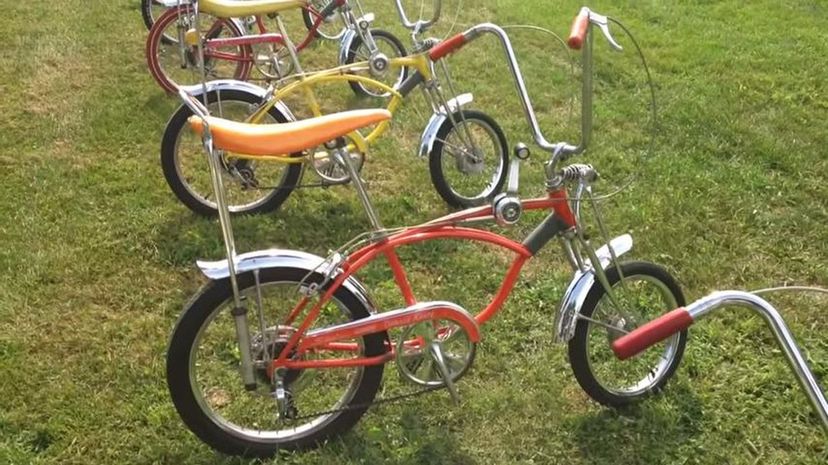
Saddle-shaped (or banana) bicycle seats were invented in 1885, but it wasn't until the mid-1900s that they became really popular. The banana seat was more comfortable than other available seats, plus, it could easily accommodate a second rider due to its longer length.

Jacqueline Kennedy was the epitome of style while her husband was the president of the United States. So, no matter how difficult her signature bouffant hairdo was to achieve or maintain, you can bet your bottom dollar every woman was teasing (and torturing) her hair into one. Bump-its didn't exist yet.
Advertisement

You didn't have to be a hippie to adorn your wrist or neck with a string of love beads (although many hippies, both male and female, did!) Those colorful, easy-to-make (and mostly handmade) items of jewelry were everywhere.
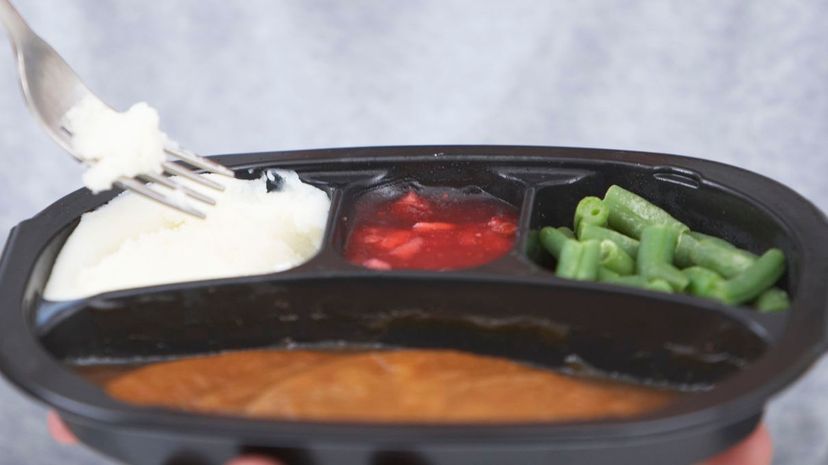
C.A. Swanson & Sons brought out its first TV Brand Frozen Dinner in 1953, and everyone started craving mealtime convenience. Their original 98-cent offering was a Thanksgiving turkey meal complete with cornbread dressing, sweet potatoes and frozen peas.
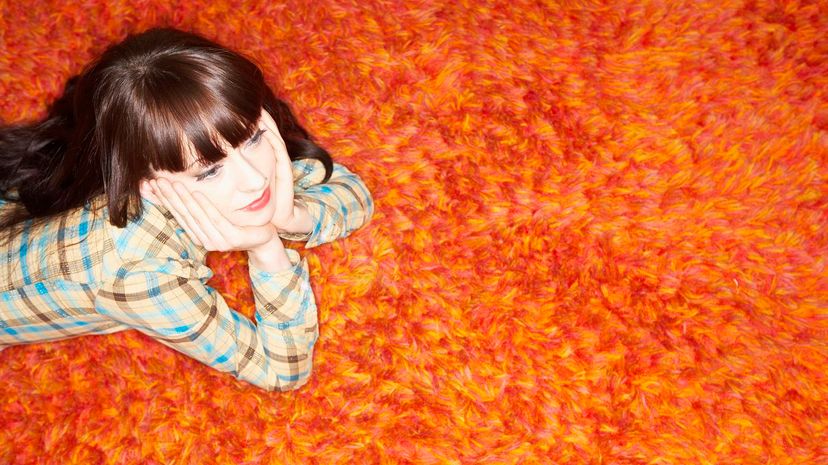
Shag carpeting has been around for centuries and is currently seeing a resurgence in its popularity. These super plush carpets hit the peak of their popularity, however, in the 1960s and 1970s, when they were closely associated with hippie culture.
Advertisement
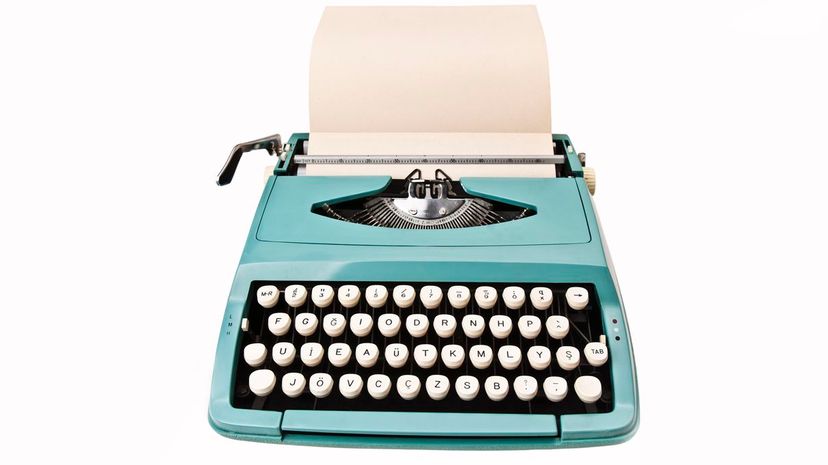
Typewriters enjoyed steady popular from the late 1800s into the 1980s. Even though they have been largely replaced by more efficient computers, we all still have typewriters to thank for the QWERTY keyboard we use each day.
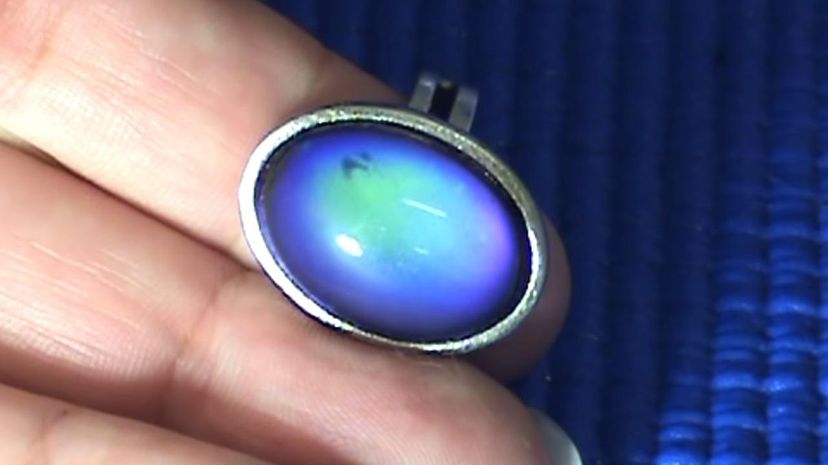
Liquid crystal temperature strips were invented in 1970. While those convenient thermometers didn't hit "fad†status, mood rings, which were based on the same technology and released five years later, certainly did. No need to explain your feelings; the mood ring said it all!
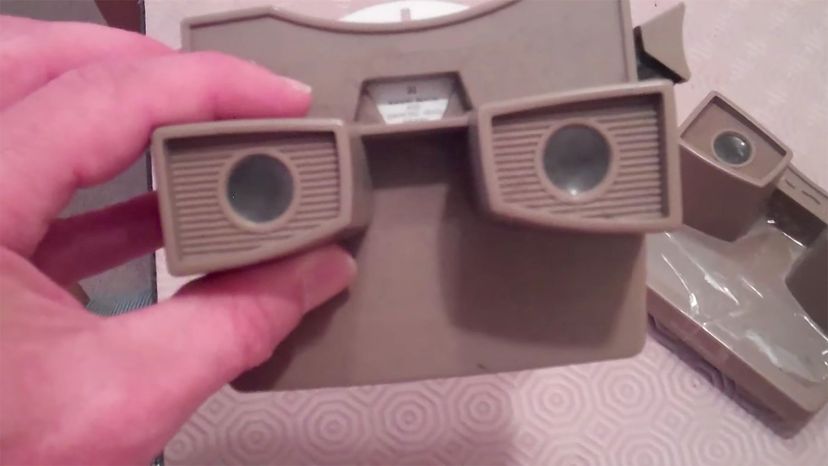
The View-Master was released in 1939, but was at the height of its popularity in the 1950s and 1960s. Reels ranged from exotic vacation destinations to famous world landmarks and popular Disney characters.
Advertisement
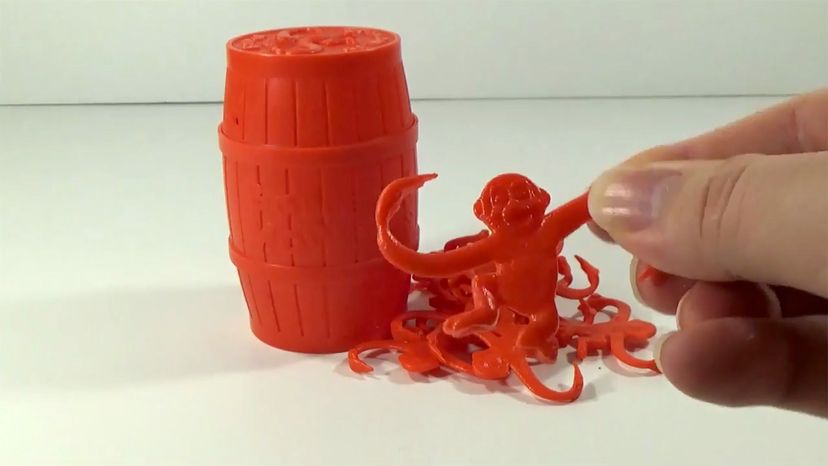
Marketing of Barrel of Monkeys began in 1965, and many a baby boomer had hours of fun playing with these interlocking little critters. In 2011, Barrel of Monkey's earned 53rd place on Time Magazine's list of All-Time 100 Greatest Toys.
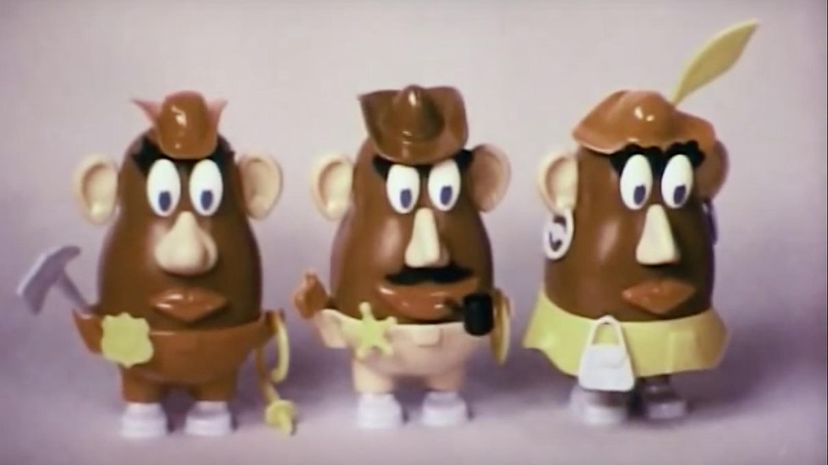
Mr. Potato Head, released by Hasbro in 1952, holds the distinction of being the very first toy advertised on TV. Baby boomers might recall that the original Mr. Potato Head was just a bunch of pushpin body parts. You had to find your own potato (or other vegetable of your choice) to stick them into. The plastic head came later.
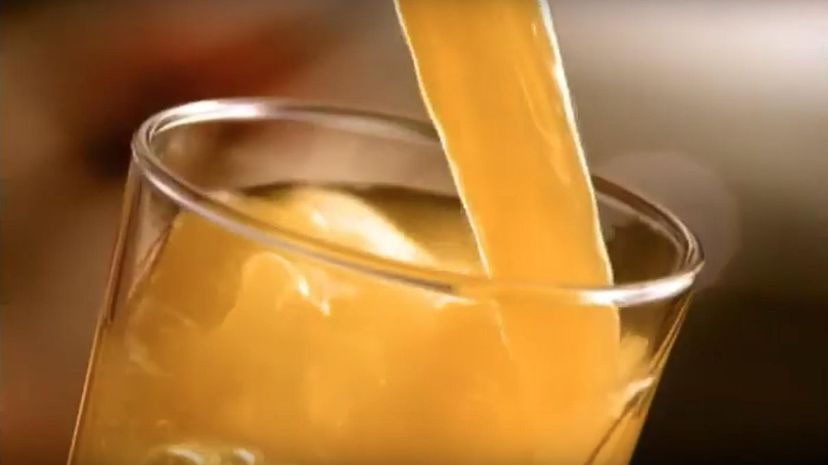
Tang first hit the market in 1959, and by 1962, the powdered orange-flavored drink mix was on-board with astronaut John Glenn on his Mercury mission flight. NASA kept using Tang aboard its missions which added to the drink being closely associated with the space program in pop culture.
Advertisement

1964 saw the accidental invention of a crazy bouncing ball that became so popular, it was even handed out to White House staff. While the material that made it had a cool, space age-sounding name, Zectron, for baby boomers, "Super Ball†just seemed to say it all.
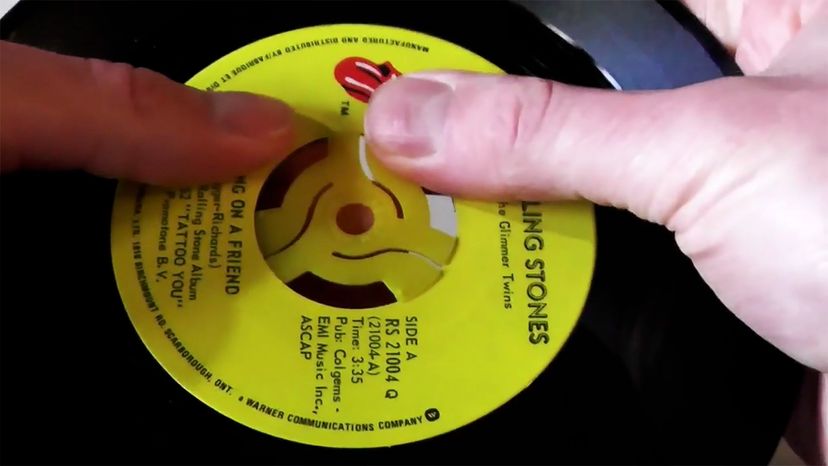
Seven-inch vinyl records, known as singles or 45s, had a much bigger hole in the center than the wider LP records. That was okay, since 45s were originally meant to be played in a jukebox. For playing 45s on your home turntable, however, you needed a 45 RPM record adapter.
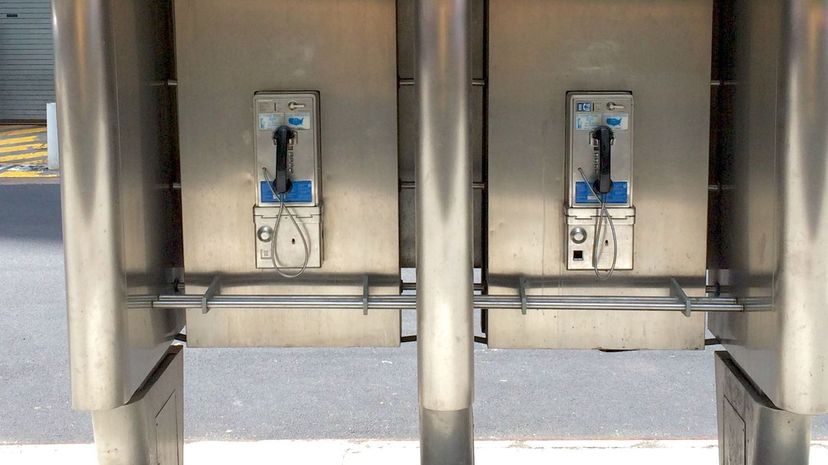
Mobile phones have made payphone and phone booths all but obsolete. While they were around, payphones were extremely convenient for placing calls while out and about or (if you were Clark Kent) for quickly changing into your superhero outfit in privacy.
Advertisement
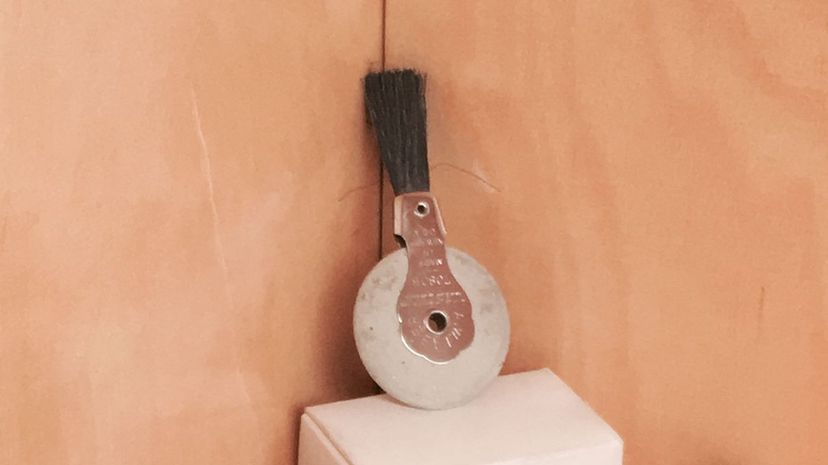
Typewriters didn't come with an "undo†button, so for fixing typing mistakes, you needed your trusty typewriter eraser. Typewriter erasers were made either in pencil or disc shape.
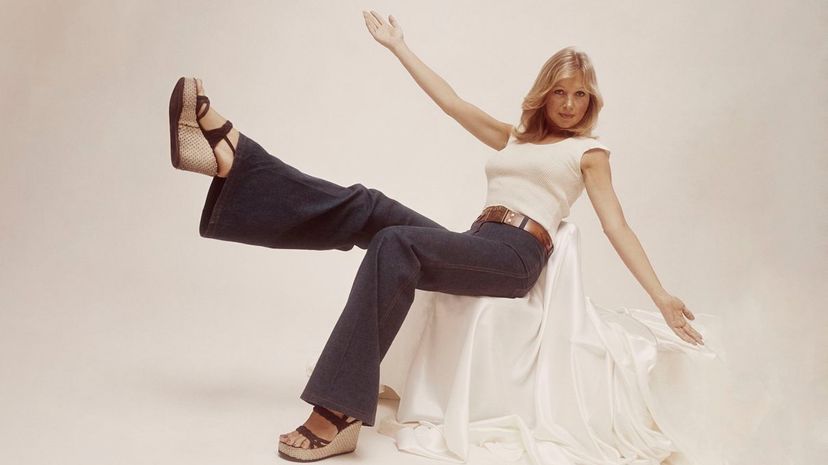
Elvis and Sony and Cher certainly deserve some of the credit for the popularity that bell-bottoms enjoyed in the 1960s and 1970s. The style may have been based on Navy uniforms, but many "landlubbers†definitely partied the night away in a pair of these rocking hot pants.
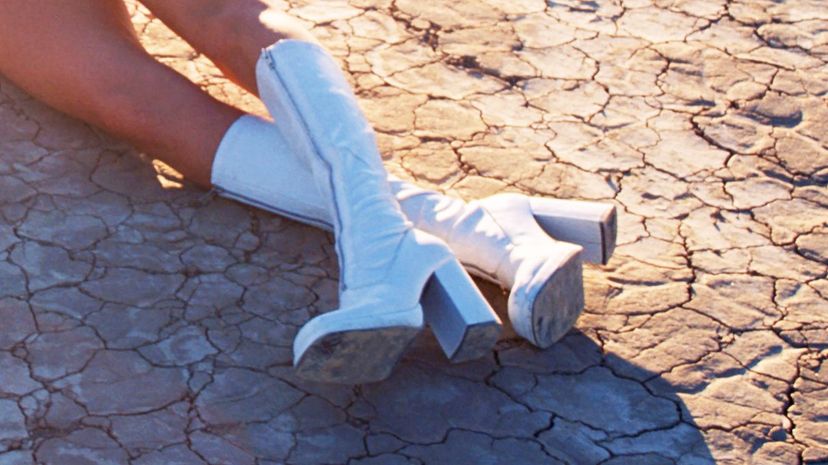
Ever wondered which came first, the go-go boot or the go-go dancer? Well, as every baby boomer knows, the shoes (which came out in the 1960s) were actually named after the dancers who made them so popular.
Advertisement
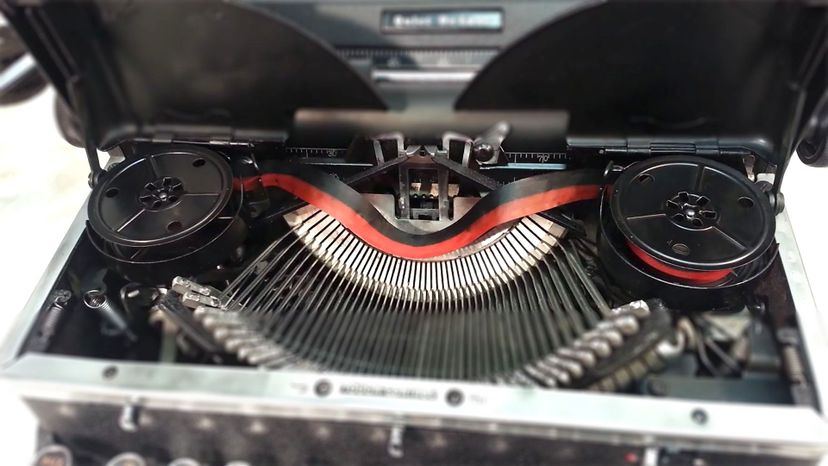
Typewriter ribbon, also called ink ribbon, has become more or less obsolete. In the heyday of typewriters, however, the ribbon was known to be an indispensable part of every typewriter's functioning, as it contained the ink.
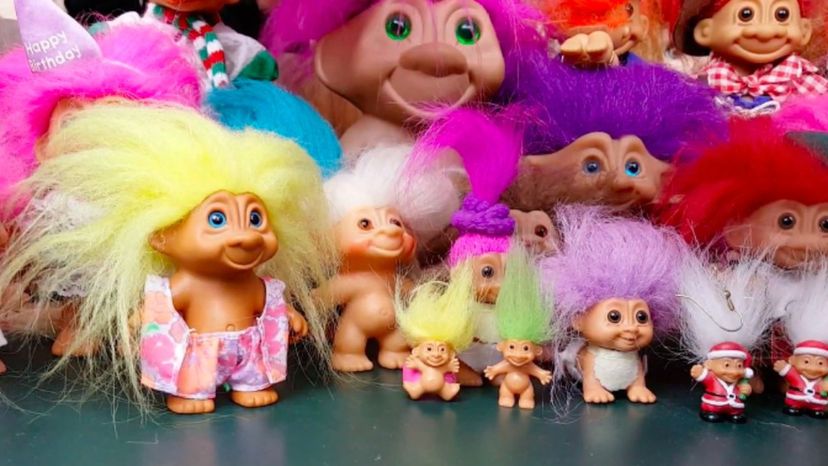
Troll dolls first came on the scene in 1959. Their scary-but-cute features won over the hearts of kids, and they have remained popular since then, including inspiring a 2016 film called, "Trolls."
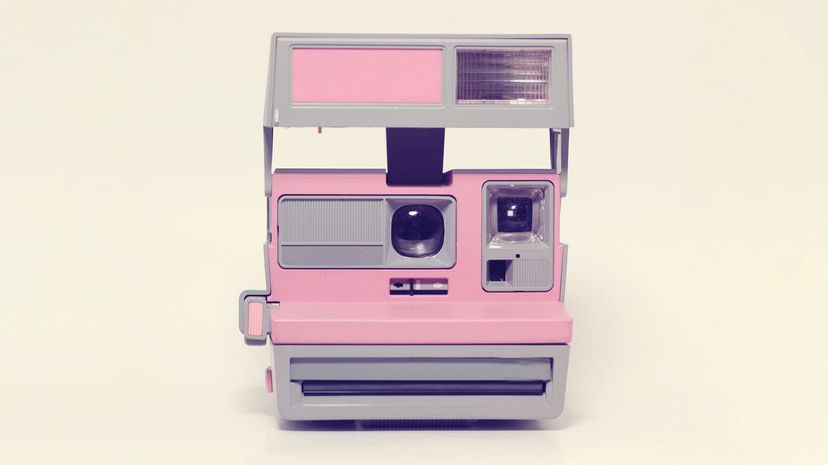
Thanks to our current obsession with vintage objects, Polaroids, and other instant cameras, are still around today. They may have been largely replaced by the far superior digital camera, but when they were first introduced in 1948, Polaroid cameras were a technological marvel!
Advertisement
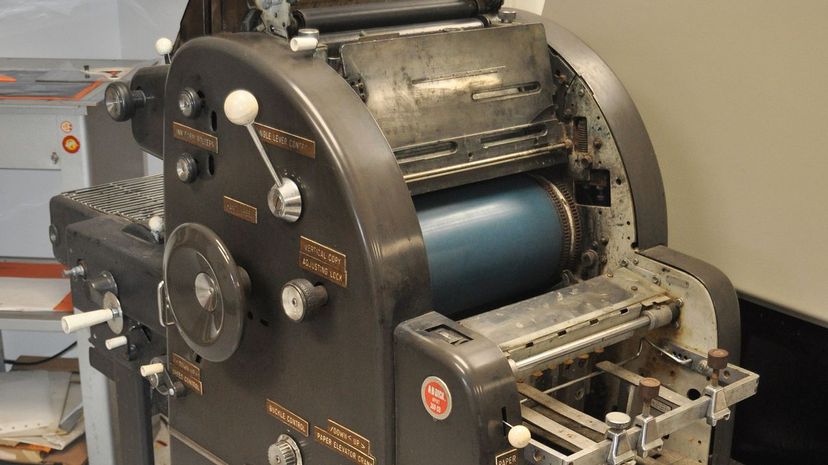
Long before the photocopier, there were mimeograph machines (called simply "mimeo†for short.) The mimeograph was affordable enough for small businesses to take care of their duplicating needs on their own.

Toy manufacturer, Mattel, released Chatty Cathy in 1960, and she was an instant hit. Although her mouth didn't move, she "spoke†11 different phrases. All you had to do was pull on the ring in her back!
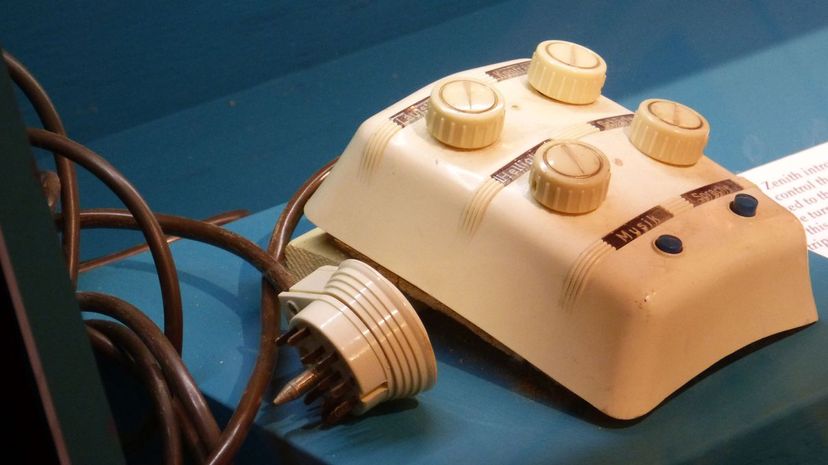
Having to get up to change channels or adjust the volume was one of TV's biggest drawbacks, and the TV remote became the natural solution. In the early days, however, the TV remote wasn't so "remote," since it was wired to the TV. Of course, cordless remotes were not far behind!
Advertisement
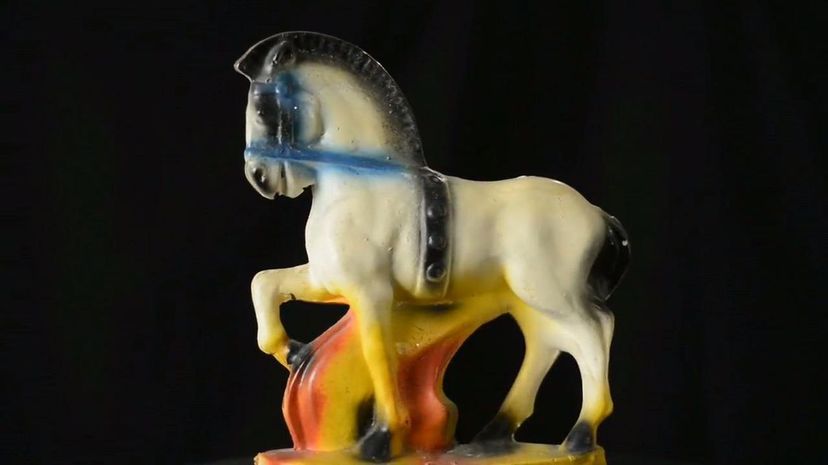
Nowadays, a rare chalkware figurine could be worth thousands of dollars. Back in their heyday (the 1940s to 1960s,) these affordable plaster of Paris figurines adorned many homes. Their popularity only began to wane (like so many other classic items) with the advent of plastics.
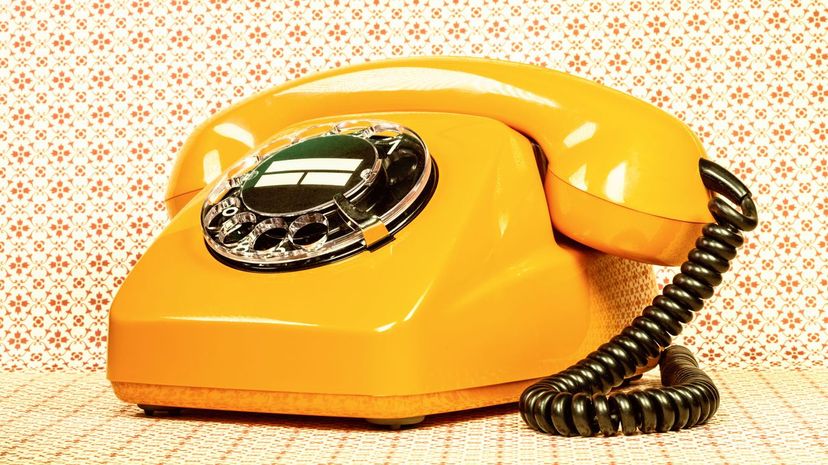
To current generations, rotary dial telephones may seem like relics from a long-gone age, but to baby boomers, they were standard fare. Rotary dial telephones utilized a technology called pulse dialing which has since been replaced by keypads and touch-tone dialing.
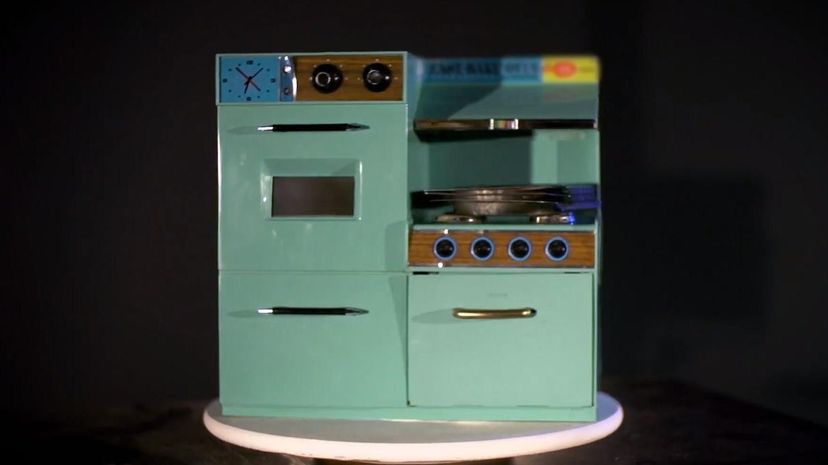
The Easy-Bake Oven was first released by Kenner (now part of Hasbro) in 1963. It looked like a conventional oven, but its heat source was actually two 100 watt bulbs! Children still play with these, because honestly, what kid doesn't like cake?
Advertisement
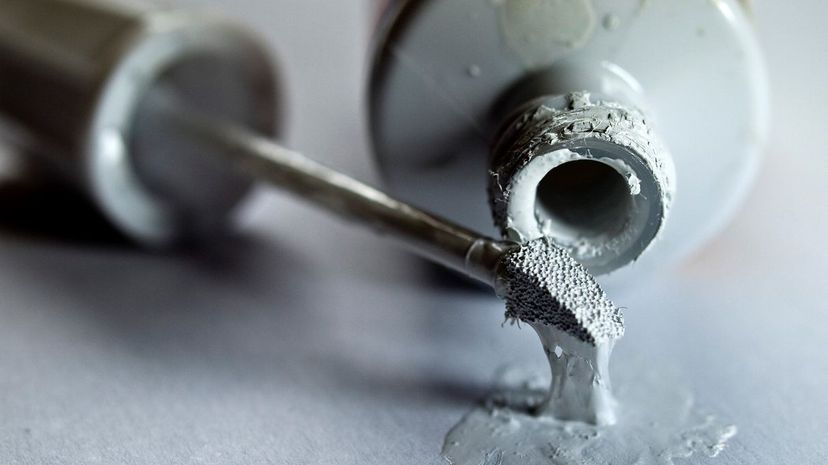
When it was introduced in the 1950s, correction paper seemed like a real godsend. You could leave your typewriter eraser tucked away in the back of your desk drawer and reach for this easier (albeit messier) alternative, instead.
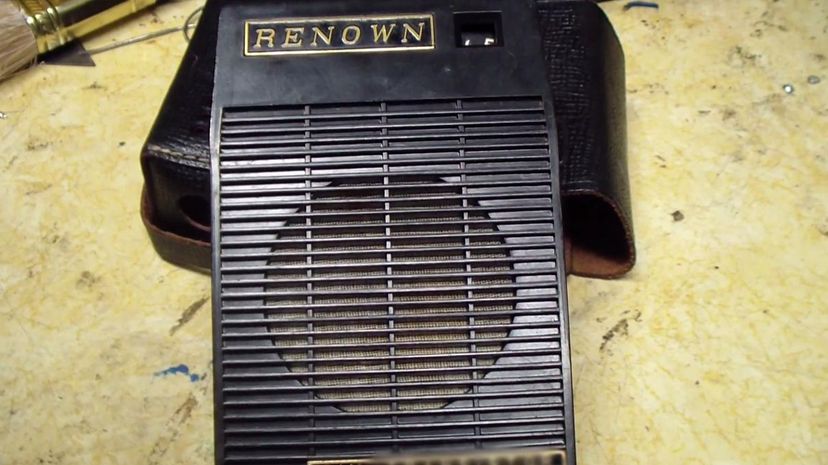
The transistor radios of yesteryear were very much like the cellphones of today: colorful, stylish and affordable enough for everybody to have one. Teens got to have their music on the go with these lightweight, compact marvels.

When they came out in 1975, Pet Rocks took off in a really big way, if only for a short time. Pet Rocks were a simple idea: a rock in a box lined with straw, complete with breathing holes and a (tongue-in-cheek) instruction manual.
Advertisement

Ranging from fairly simple to pretty formidable, record cabinets were a necessary piece of home furnishing in the age of vinyl records. They housed your turntable and were a great way to protect your music collection when you weren't grooving to some of your favorites.

Children today are used to these little army men being made out of plastic. When they first came on the scene, however, these popular toy box additions were made from durable die-cast metal.
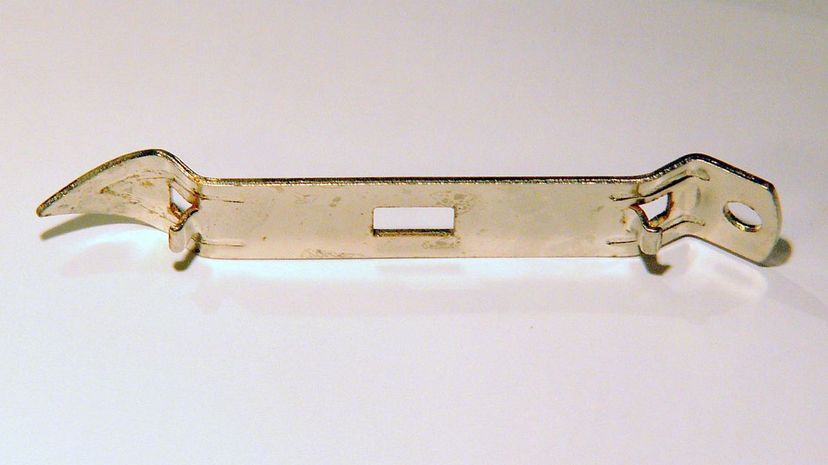
The church key had nothing to do with Sunday morning services. Its triangular, pointed end was used to punch holes in cans, such as those containing your favorite beer. Its rounded end was for lifting and pulling caps from glass bottles.
Advertisement
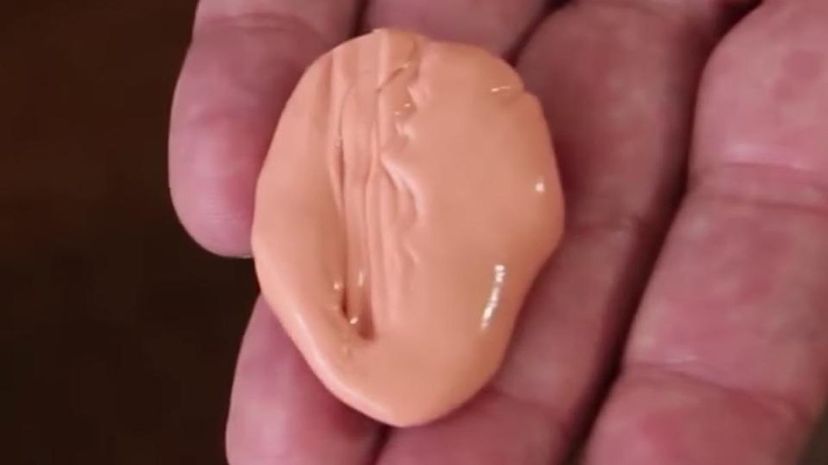
Silly Putty "The Real Solid Liquid†has been around since the 1950s. It was even on the Apollo 8 mission which orbited the Moon. There, the Silly Putty was used for a very practical reason: to keep tools from floating all over the cabin!
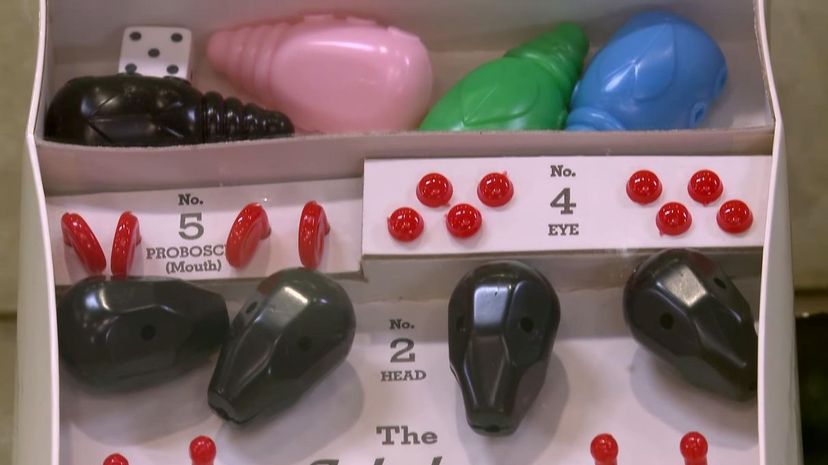
The Game of Cootie let you build your own cute (plastic) infectious bug; no wonder it was so popular! Cooties may not have been real, but the fun kids had playing the game ever since its launch in 1949 sure was!
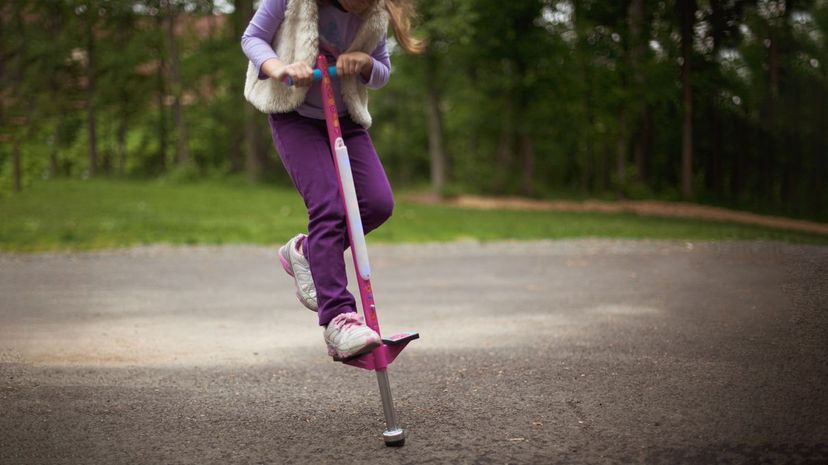
In every generation (baby boomers or not,) kids just love bouncing around. That's what made the pogo stick such a brilliant idea and why it became so hugely popular in the 1970s. The version that we know was patented in the late 1950s, but the original pogo stick was actually patented in 1920.
Advertisement
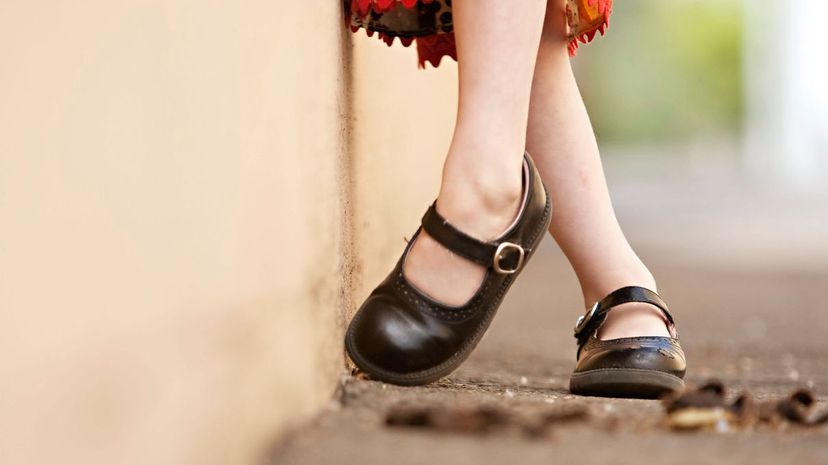
Just as with kitten heel pumps, Mary Jane shoes were popular among both women and girls. While Mary Janes were must-haves for little girls earlier in the century, by the 1960s they became a more grown-up affair and were worn with work or casual attire, as well as more formal looks.
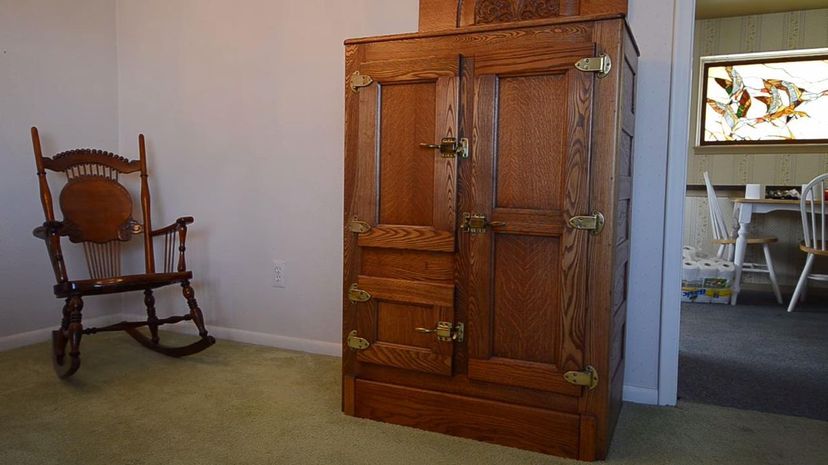
The icebox, and the iceman who delivered the block of ice used in it, are all but obsolete today. Iceboxes were, however, found in most home kitchens before refrigerators became common household appliances.
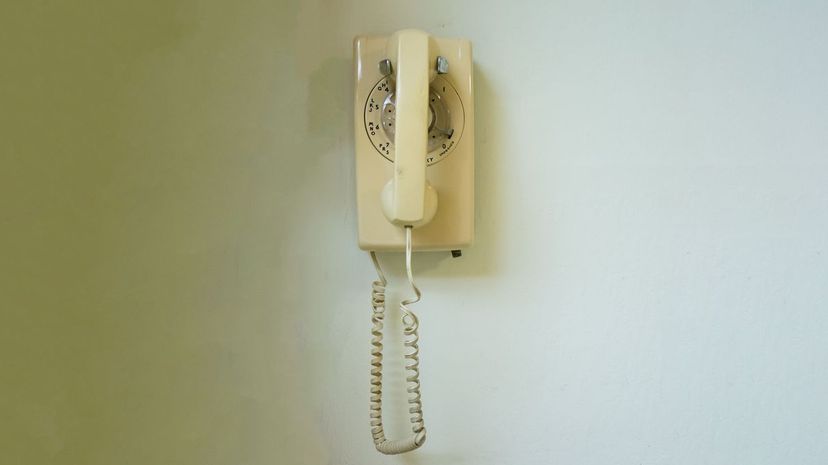
In the age of mobile telephones, it might be hard for some people to imagine having only one phone in your home that was fixed to the wall. Just as wall-mounted TVs are the norm today, wall-mounted phones were simply commonplace in baby boomer abodes.
Advertisement
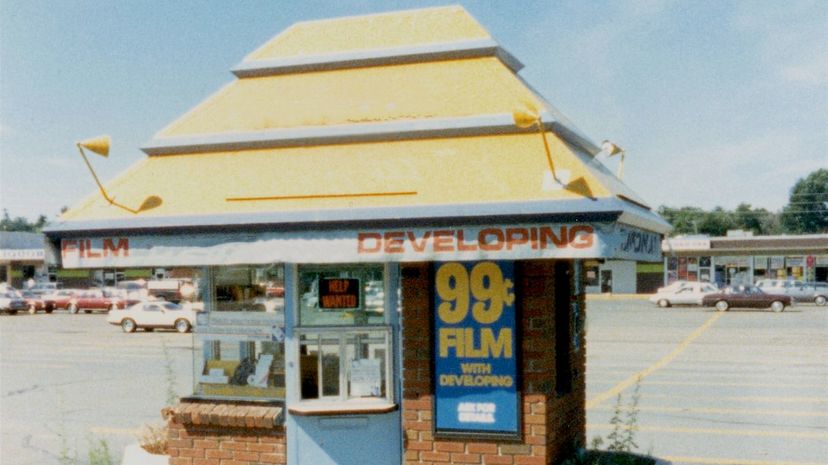
Fotomat booths were located in almost every shopping center parking lot. They were a fast, convenient and affordable way to have your camera film developed. You simply dropped of the film (no need to get out of your car!) and picked up your pictures the next day.
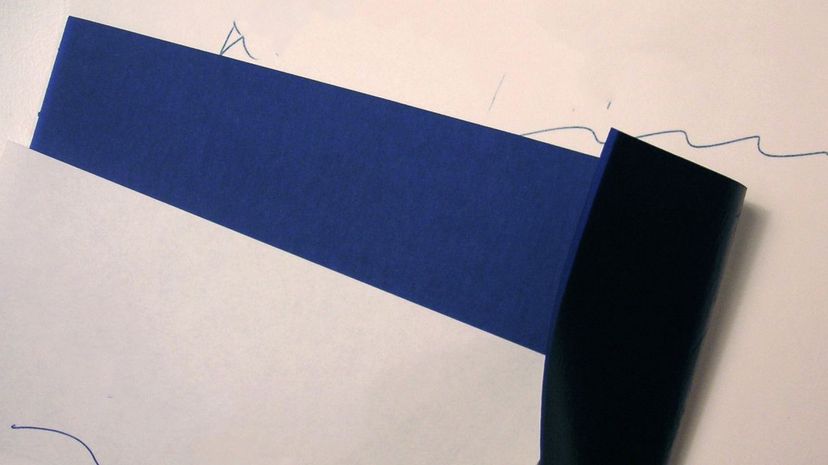
Before the introduction of carbonless paper for making duplicates, carbon paper was the go-to solution. Although originally made of coated paper, later versions of carbon paper were actually a kind of plastic film, not paper.
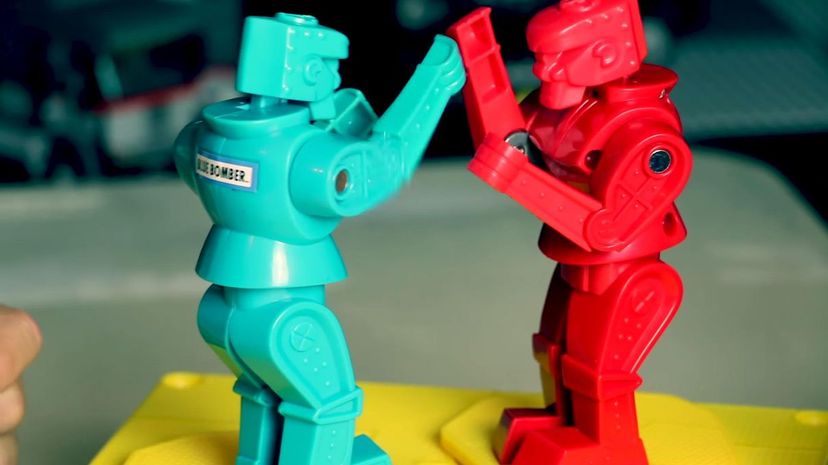
Louis Marx and Company (a toy company) released the very first Rock ‘Em Sock ‘Em Robots in 1964. Red Rocker and Blue Bomber (the robots' names) provided an excellent way to work out your differences; Just duke it out until somebody's head got knocked off!
Advertisement